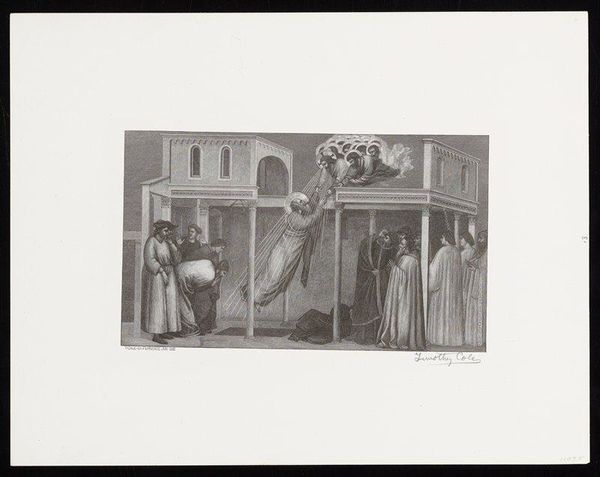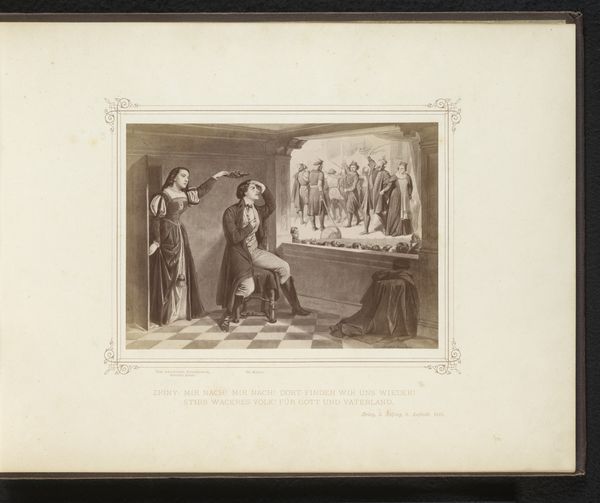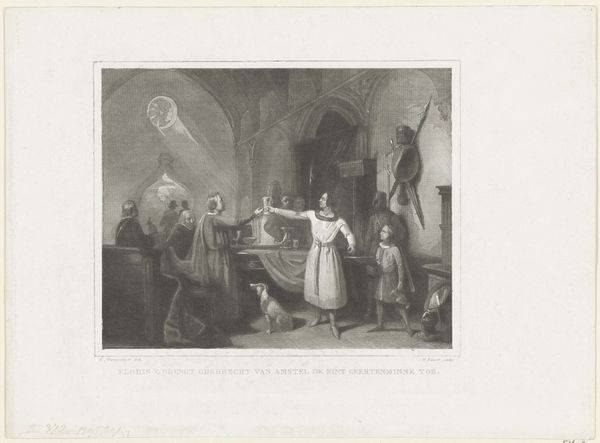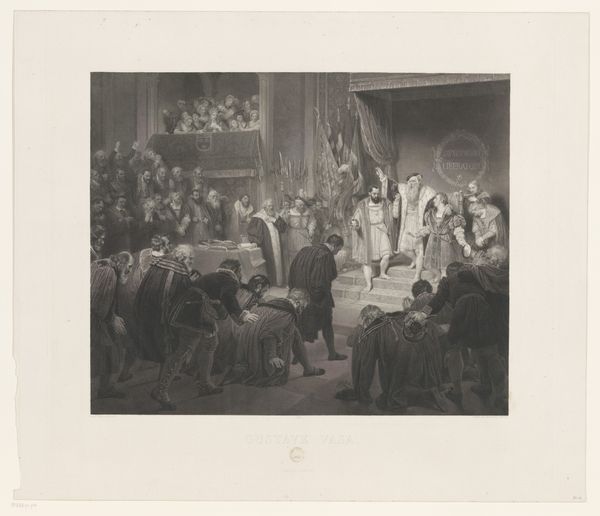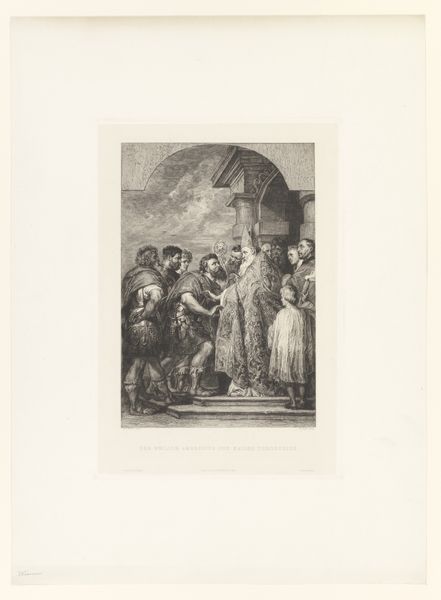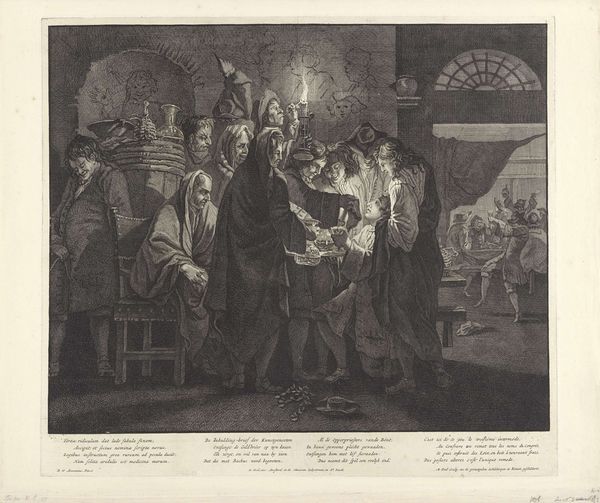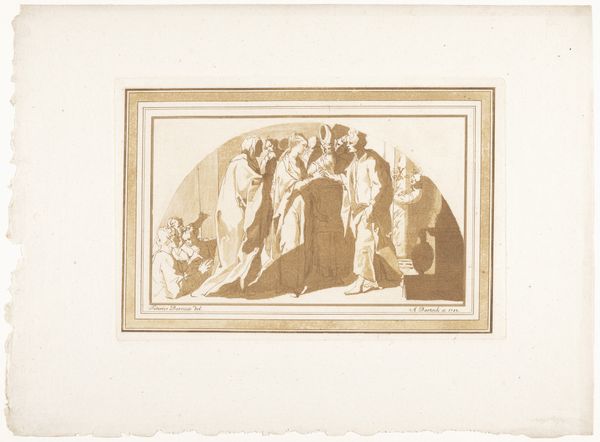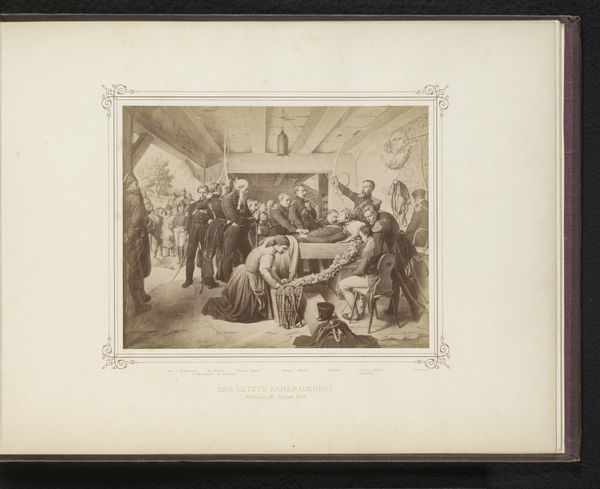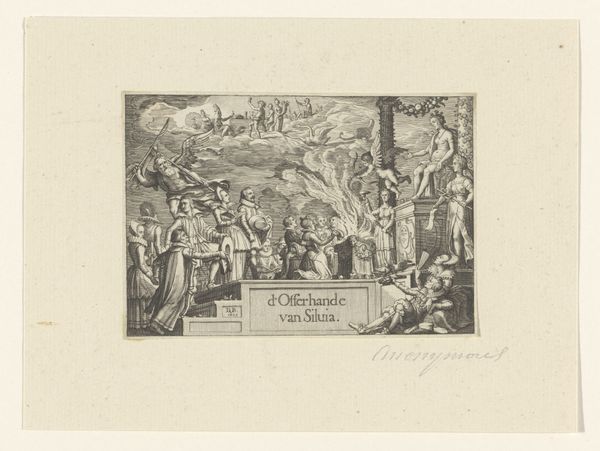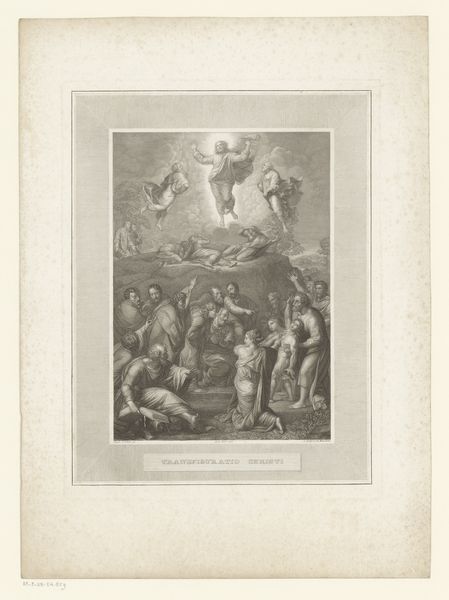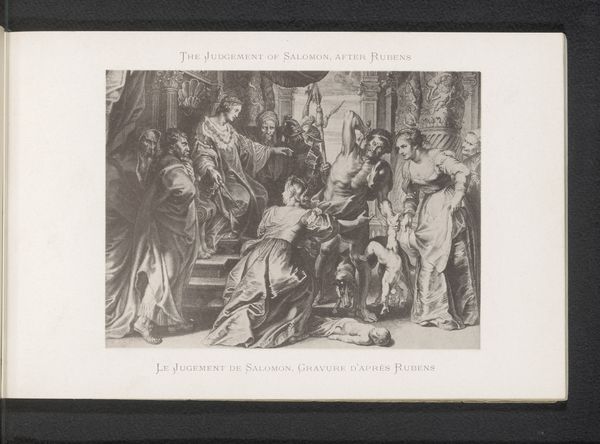
print, woodcut, wood-engraving, engraving
#
medieval
#
narrative-art
# print
#
figuration
#
centered composition
#
linocut print
#
woodcut
#
history-painting
#
wood-engraving
#
engraving
#
monochrome
Dimensions: 4 13/16 x 7 11/16 in. (12.22 x 19.53 cm) (image)9 9/16 x 12 1/8 in. (24.29 x 30.8 cm) (sheet)
Copyright: No Copyright - United States
Timothy Cole created this image of the Death of Saint Francis using wood engraving, a technique dating back to the fifteenth century. But don't let its traditional roots fool you; wood engraving was in fact revolutionized in the nineteenth century as a means of mass media reproduction. Unlike traditional woodcut, where softer woods are carved in relief, wood engraving uses very hard blocks of wood, typically boxwood, that are cut into with fine tools called gravers. This allows for a high level of detail, and thousands of impressions to be made before the block wears out. In Cole’s day, wood engravings like this one were commonly used to reproduce paintings in books and magazines. This allowed a wider audience to access and appreciate art, but it also turned paintings into commodities, divorced from their original context and meaning. So, next time you see a wood engraving, remember that it is more than just a pretty picture, it is also a product of a particular moment in the history of art and technology.
Comments
No comments
Be the first to comment and join the conversation on the ultimate creative platform.
